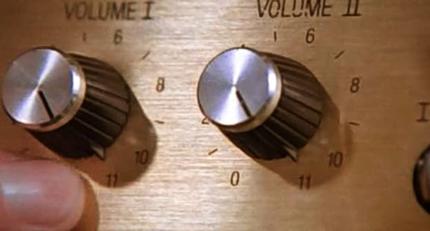As runners one of the best sessions you can add to your weekly routine is a strength routine either at home or the gym. It will not only improve your running form but can also help with reduce your risk of injury.
Spending long periods of time in a sitting posture, at a desk or driving causes a gradual shortening and weakening of key muscles such as the hamstrings, hip flexors, glutes, abdominals and back extensors. After a long working day we then expect these muscle to fire on demand for the duration of the run. Inevitably a point comes where you begin to sway your hips to the sides, lean forwards, over stride and your running form is putting you at risk of injury.
A key to preventing such injuries is improving their strength and endurance. Below is a base level circuit and more advanced circuit of five simple exercises that will challenge all the key running muscles.
The circuit should be repeated three times and can be completed one to three times weekly, on nonconsecutive days. Start with the base level and if it's too easy progress to the more advanced circuit.
The circuit should be repeated three times and can be completed one to three times weekly, on nonconsecutive days. Start with the base level and if it's too easy progress to the more advanced circuit.
Base Level Circuit
- Step Up: stand with one foot on the step, drive through this foot to bring the other leg into the air and balance before slowly lowering back down again. Keep your head up to ensure your upper body remains upright throughout. 10 repetitions on each leg. You can make it harder by using a higher step. This exercise works to strengthen the hip flexors, quadriceps and glutes.
- Wall Squat: stand with your back flat against a wall and feet about half a meter from the wall, slowly lower down until your knees are at 90 degrees and hold for 45 secs. 5 repetitions. This works to strengthen glutes and quadriceps.
 |
- Bridge: lying on your back, heels as close to your bottom as possible, raise your bottom to extend through your hips. Dip from the hips to hover just above the floor, then push back up using your bottom muscles.10 repetitions. This works to strengthen the glutes.
- Clam into Running Man: Lying on one side, knees bent and feet in the air (for an easier version keep your feet on the floor), lift the top knee to approximately forty-five degrees keeping the feet together. Then slowly lower until knees are together again. 10 repetitions. Then stand up and balance on the same leg you have just worked. Bring the non- standing leg forwards at the same time as you lean forwards, then extend the leg behind you. Repeat 10 times then lie down on the opposite side and repeat the sequence on the opposite leg. This works to strengthen the glutes and then challenges their endurance in a running specific position.
- Plank Knee Drive: From a plank position either on a table (easier) or chair (harder) ensure your back is straight and bend alternate knees to the chest. 20 repetitions. This exercise works on the core muscles and strengthens the hip flexors as you pull your leg inwards.
Advanced Circuit
- Lunge back: stride back with alternate legs, keeping your feet facing forwards, dipping as low as comfortable with the back leg. Keep your head up to ensure your upper body remains upright throughout. 10 repetitions.This exercise works to strengthen and lengthen the hip flexors and quadriceps.
- Single Leg Deadlift: standing on one leg, keep both legs straight and bend forwards, bringing your fingertips as close to the floor as possible. Ensure you tighten the abdominal muscles to keep your back straight throughout. 10 repetitions each leg. This works to strengthen and lengthen the hamstrings, glutes and calves.
- Single Leg Bridge: lying on your back, heels as close to your bottom as possible, raise your bottom to extend through your hips. Lift one leg, bending at the knee, keeping the raised leg still, dip from the hips to hover just above the floor, then push back up using your bottom muscles. 10 repetitions each side. This works to strengthen the glutes.
- Hip Abduction into Running Man: Lying on one side, top leg straight, lift the top leg to approximately forty-five degrees and slowly lower to hip height. Repeat for 20 repetitions. Then stand up and balance on the same leg you have just worked. Bring the non- standing leg forwards at the same time as you lean forwards, then extend the leg behind you. Repeat 10 times then lie down on the opposite side and repeat the sequence on the opposite leg. This works to strengthen the glutes, and then challenges their endurance in a running specific position.
- Mountain Climber: From a plank position ensure your back is straight and jump inwards with alternate legs to the chest, keeping as light as possible on your feet. 20 repetitions. This exercise works on the core muscles, strengthens the hip flexors as you pull your leg inwards and also helps with calf strength as you spring forwards.
Here’s two pictures of me taken from the end of races, one from a few years ago prior to doing any strength and conditioning work, one after following S&C circuits:
Over-striding, leaning back, very little knee lift or hip extension, arms swinging across my body.
Driving from my hips, leaning forwards using my core muscles, weight on my toes.












